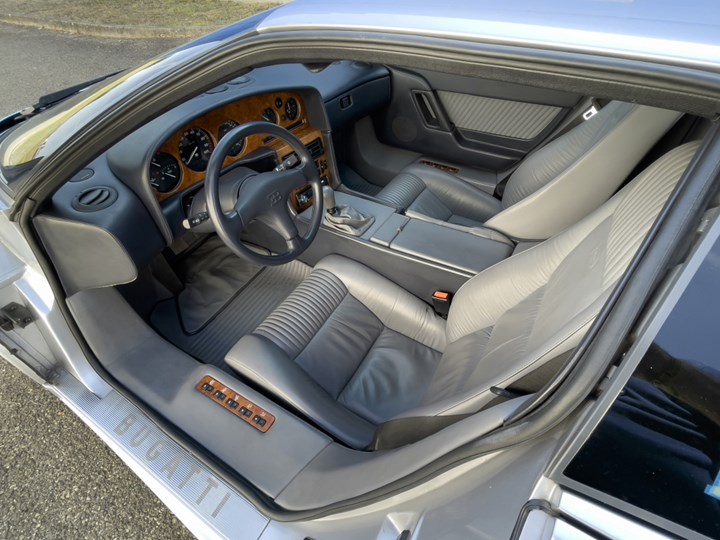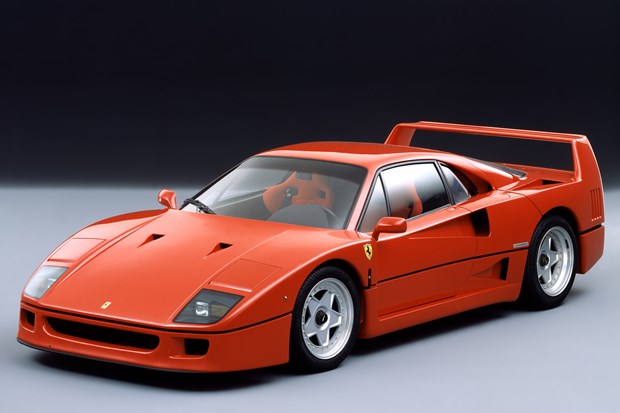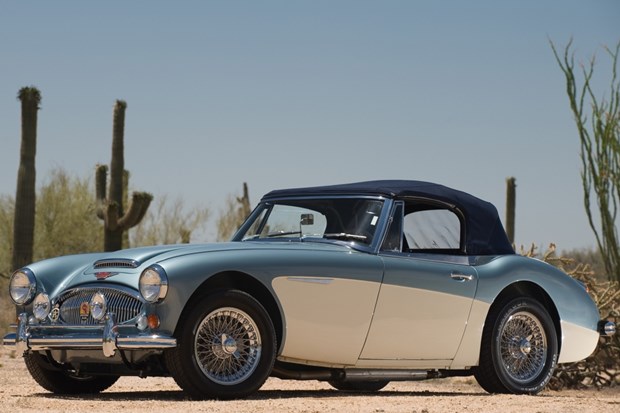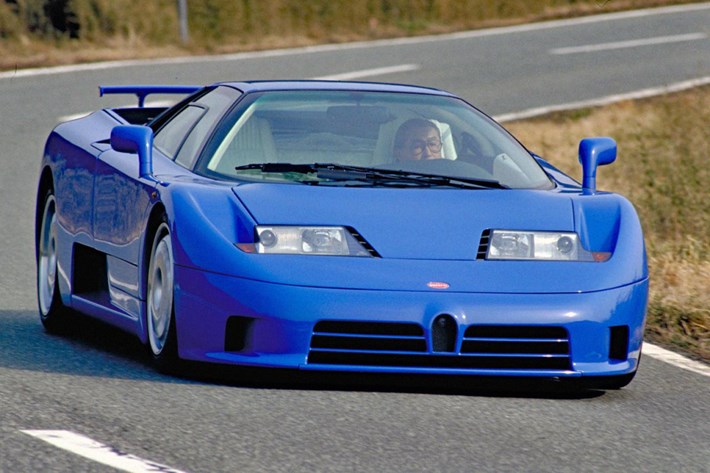
When the Italian industrialist Romano Artioli bought the rights to Bugatti in 1987, he saw things in a big way and launched the EB 110, one of the most powerful supercars of its time. Unfortunately, his efforts were not always rewarded.
Italian businessman Romano Artioli has had an unusual destiny. Earlier in his career he was in charge of the largest Ferrari distributor in Italy and southern Germany. In the early 1980s, he became the first importer of Suzuki through his company Autoexpo. In 1987, on the advice of Ferruccio and Paolo Stanzani, he founded a holding company which acquired the Bugatti operating rights and at the same time became the head of the brand. The aim was to revive this prestigious manufacturer, which had disappeared in the 1950s. Artioli was very influential and surrounded himself with the best specialists in order to create a supercar. Paolo Stanzani designed the engine and chassis, Marcello Gandini designed the bodywork and Nicolas Materazzi, the father of the Ferrari F40, managed all the technical aspects of the project. Not entirely satisfied with the designer's work, Artioli asked Gandini to rectify his design, which Gandini refused. In the end, the final style was given to Giampaolo Bendini who replaced him at short notice. In September 1991, the Bugatti EB110 was finally unveiled on the Champs Elysées to celebrate the 110th anniversary of Ettore Bugatti's birth.
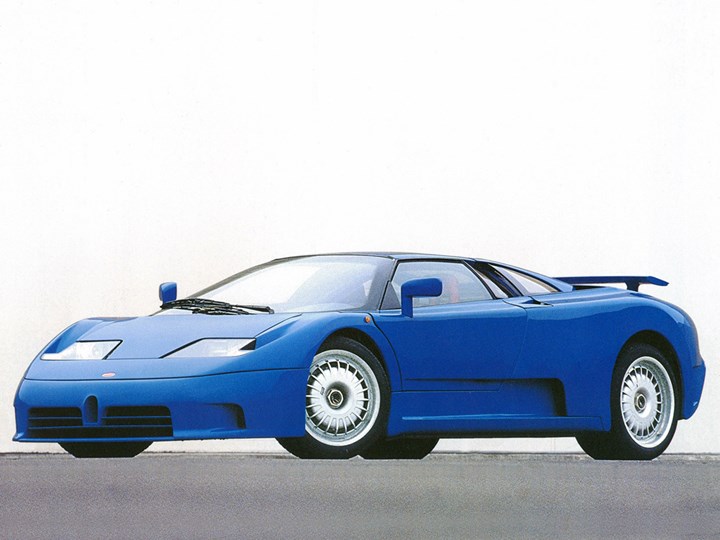
Heavy artillery
The slightly clunky looking car contained an engineering masterpiece, a 3.5-litre 60 valve V12 engine developing 560 bhp and 611 Nm of torque at 3,750 rpm through an arsenal of 4 turbos. Coupled with a 6-speed manual gearbox, this block sent 73% of its power to the rear wheels and 27% to the front. This highly sophisticated technique is also found in the rest of the car, whose body is made of composite materials (mostly carbon) for maximum rigidity. The brakes are fitted with large Brembo ventilated discs and the tyres are made to measure by Michelin to withstand the car's particularly violent assaults.
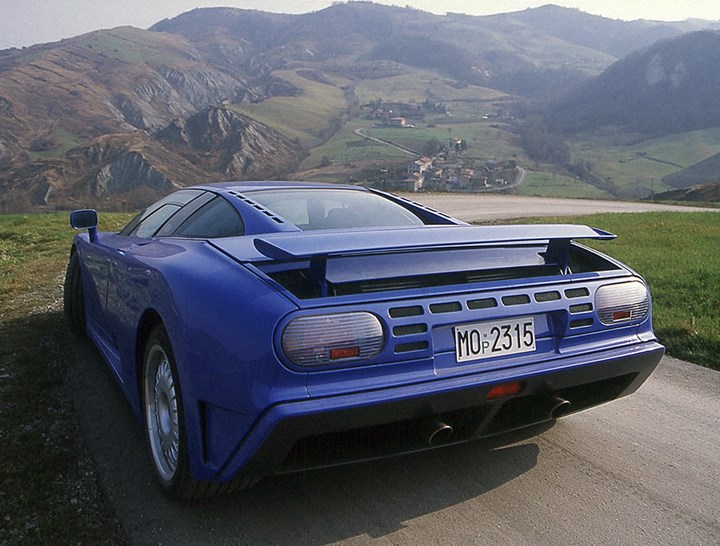
Cash flow problems
In 1991, Bugatti built a brand new, ultra-modern factory in Compogalliano to assemble the EB 110. The development of the production version was delayed. The following year, Bugatti presented a further development of the EB 110 GT, the EB 110 SS. The engine power was increased to 611 hp and 650 Nm, while the interior was stripped down to save weight. In 1993 the first cars were delivered, but despite its obvious qualities, the Bugatti did not sell well and the production limitations drove customers away. In 1995, production was stopped and the following year, the manufacturer was declared bankrupt. Romano Artioli bought Lotus in 1993 and sold the company three years later to cover Bugatti's losses. For the record, the factory was sold to a furniture manufacturer who quickly closed its doors following a bankruptcy. The premises have been abandoned ever since.
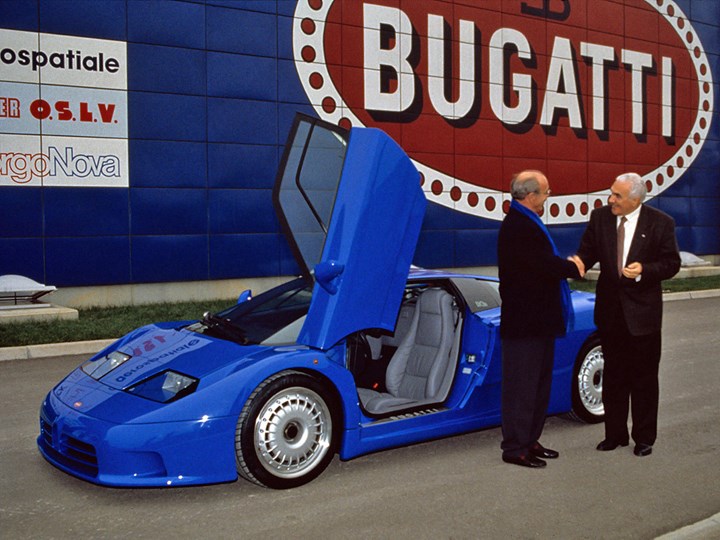
Very demanding diva
In the end, only 125 examples of the EB 110 were produced, very few of which were driven extensively. After a period of wandering during which it did not interest many collectors, the Italian sports car has come back to the forefront, as witnessed by the EB 110 SS that was the star of the Bonhams sale at the Zoute Grand Prix and that changed hands for the price of 2.24 million euros. Even more than its exorbitant price, the EB 110 suffers from a lack of spare parts. It is therefore necessary to go through the remanufacturing process, which is very costly. Today, only two specialists (in Italy and Germany) are able to take care of this car, which fortunately is quite reliable. Like any supercar, maintenance schedules must be scrupulously respected. These efforts are the price to pay for using an exceptional car whose V12 is certainly one of the most ambitious ever designed.
